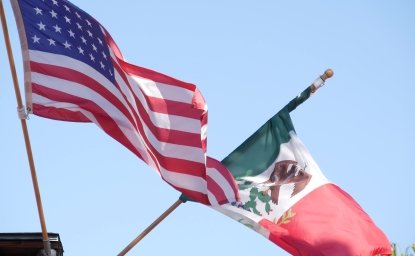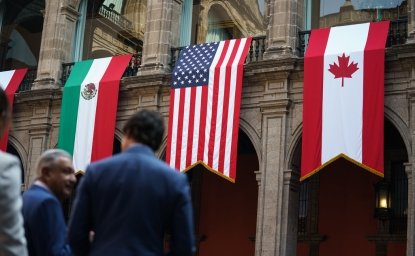The Mexico Institute at the Woodrow Wilson Center recently released a report by Senior Advisor David R. Ayón entitled, “The Legal Side of Mexican Immigration.” Using data from the Office of Immigration Statistics (part of the Department of Homeland Security), Ayón measures the integration of legal and legalized Mexicans. He looks specifically at permanent residents in the United States, and the over five million Mexicans that either became legal or came to the U.S. legally since 1985.
The study finds that Mexicans are less likely to become citizens than other groups in the past, or than their contemporaries (Vietnamese, Indians, Chinese, Cubans, and El Salvadorans all have higher naturalization rates). Instead, many Mexicans remain legal residents for decades. Of the roughly three million that became eligible to apply for citizenship through the 1986 Immigration Reform and Control Act (IRCA), more than half have retained their green Mexican passport.
The big question is why. Here Ayón’s analysis of the data points to possible answers. He finds that urban dwellers are more likely to become citizens than those who live in rural areas. This suggests that access to services, information, and greater attention from local politicians motivates legal residents to take the next steps. In other words, and flouting the conventional wisdom, urban ethnic enclaves may increase rather than decrease integration.
Other factors that seem to matter—and to increase naturalization rates—are increasing hostility toward migrants, stronger law enforcement, and the prospect of higher application costs. Ayón points out that some of the hurdles for many of the 1986 IRCA beneficiaries are about to go down—English tests are not required for immigrants who have been U.S. permanent residents for more than twenty years, or who are over the age of sixty-five. Perhaps the coming years will see a jump in naturalization rates for this cohort.
Still, even if a lower percentage than other groups, some 1.5 million Mexicans have become U.S. citizens over the last twenty-five years. In 2011 alone 94,000 Mexicans naturalized; more, in sheer number, than any other group, and more than double the next two groups—Indians and Filipinos—combined. Also, whatever their status, they are parents to nine million U.S. natives. These immigrants are and will remain a large and growing part of America’s social fabric. Looking at this data, the challenge is to strengthen, not fray, their connection to the United States.
Read more: http://www.voxxi.com/immigration-integration-mexicans-u-s-melting-pot/#ixzz228rIxNbM




